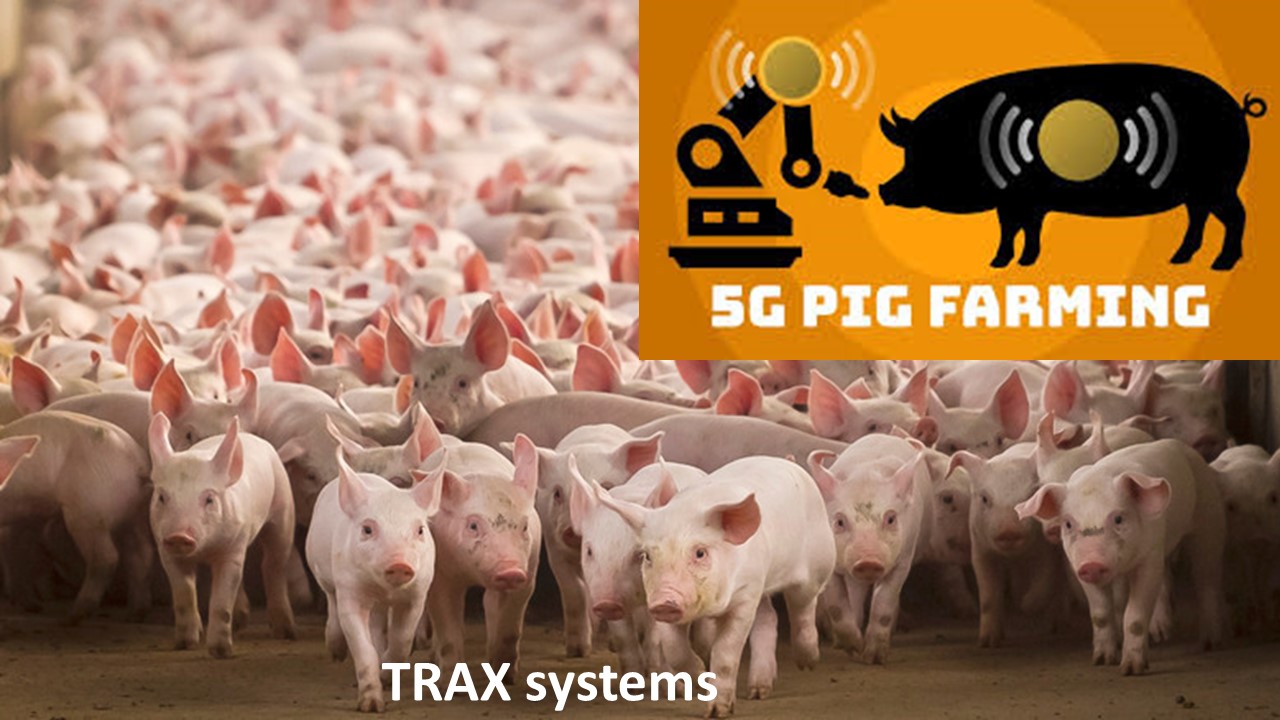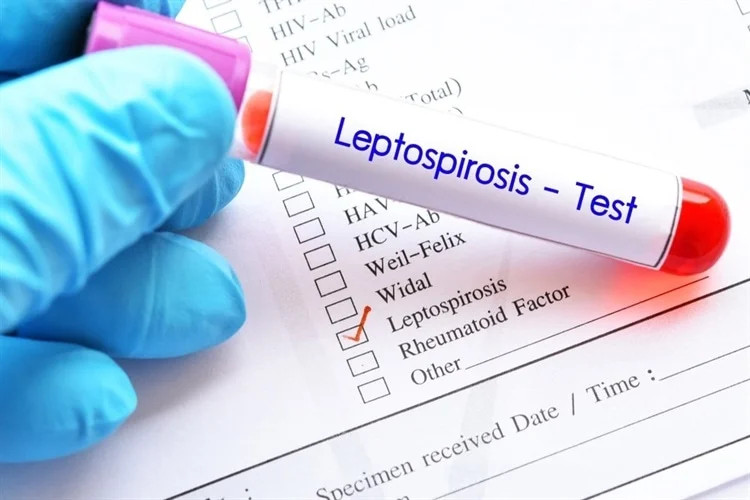TRAX systems refer to a variety of software solutions designed to track and manage assets or inventory within different industries. These systems typically use advanced technologies such as RFID (Radio Frequency Identification), GPS (Global Positioning System), or barcode scanning to monitor and collect data about the location, movement, and status of assets. TRAX systems offer benefits in terms of improved asset visibility, inventory control, and operational efficiency. They are commonly used in sectors like logistics, transportation, supply chain management, healthcare, and manufacturing to streamline operations and optimize resource utilization. Currently, Trax Systems designed software that can be effectively applied in digital agriculture. The specific features and functionalities of TRAX systems can vary depending on the industry and the specific needs in operations.
In pig production, TRAX systems are currently designed the Tracking and Recording System, a software-based tool designed to assist in the management and monitoring of pig production. These systems typically utilize electronic identification (EID) technology and data recording to track and collect information about individual pigs throughout their lifecycle. TRAX systems allow for the electronic tagging or implantation of unique identification devices on pigs, such as RFID (Radio Frequency Identification) tags or electronic ear tags. This enables individual pig identification, facilitating traceability and accurate record-keeping. TRAX systems is efficiently capture and store various data points, including individual pig growth rates, feed consumption, health records, medication administration, and reproductive performance. This data can be analyzed to identify trends, make informed management decisions, and optimize production efficiency.
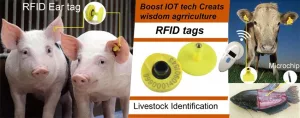
Radio Frequency Identification ear tags designed for identifying and tracking livestock (source: ACM)
In disease control, TRAX systems can help monitor the health status of individual pigs and detect any signs of illness or abnormalities early on. By recording and analyzing health data, such as body temperature, weight changes, or medication history, the system can support timely interventions and improve disease management. Furthermore, TRAX systems can assist in reproductive management by tracking breeding events, recording mating outcomes, and monitoring gestation periods. This information helps optimize breeding programs, track fertility rates, and predict farrowing dates.
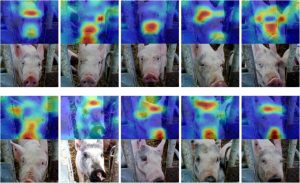
Facial recognition digital image technology can be applied to identify different conditions or the behavior of an individual pig (Source: Hansen et al. 2018)
Feed management and ration allocation can be precisely achieved by collecting data on feed consumption and growth rates, TRAX systems aid in formulating optimized feeding programs and managing feed efficiency. The system can provide insights into individual pig feed preferences, detect feeding anomalies, and assist in adjusting rations accordingly. TRAX systems allow for the comparison of individual pig performance metrics, such as average daily gain, feed conversion ratio, and mortality rates. This data can be used to benchmark against industry standards or specific goals, identifying areas for improvement and evaluating the overall herd performance.
TRAX systems offer benefits in terms of data accuracy, efficiency, and decision-making support in pig management. They streamline record-keeping processes, enhance data-driven management practices, and contribute to improved productivity and animal welfare. Implementation and utilization of TRAX systems may vary depending on the specific software and hardware used, as well as the management objectives and practices of individual pig farms or operations.
Currently, Sokoine University of Agriculture (SUA) is geared towards integrating all fields of agriculture sciences to keep up with the present pace of digital agriculture applications. However, SUA staff and students from different disciplines are coming up with various innovations that will go to solve different farmers’ problems by advancing digital technology applications. TRAX systems and other tools can play a crucial role in smart agriculture by enabling farmers to make data-driven decisions, reduce waste, optimize resource utilization, and improve the sustainability of agricultural practices in the near future.
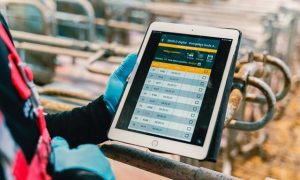
The Department of Animal, Aquaculture and Range Sciences
The College of Agriculture, SUA
Share this page

